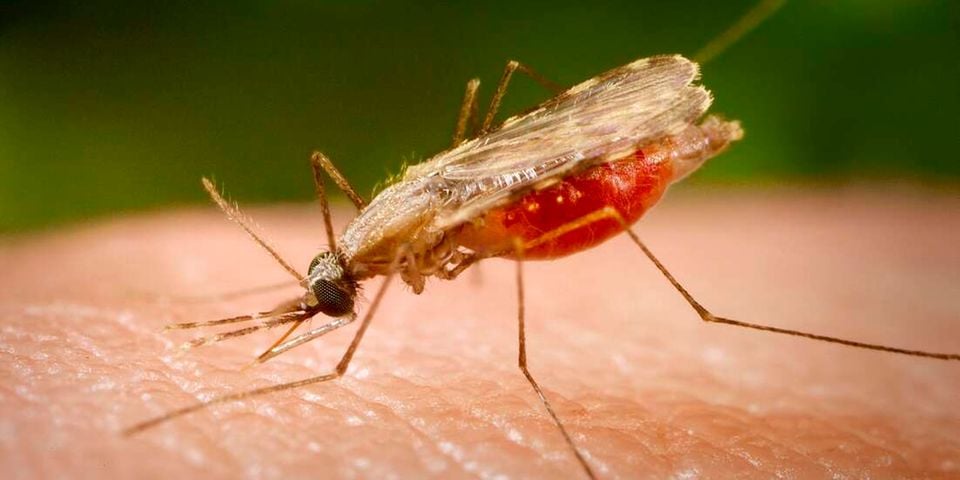Malaria continues to be one of the world’s most deadly infectious diseases, claiming over half a million lives each year, with Africa bearing the greatest burden. The disease is mainly caused by Plasmodium falciparum, a parasite transmitted by mosquitoes. Once inside the human body, the parasite must endure extreme conditions—high fevers, immune system attacks, and exposure to antimalarial drugs. Despite these challenges, it survives using a built-in defence network made up of small heat shock proteins, which act like tiny bodyguards protecting the parasite’s vital proteins from damage.
Recent scientific studies are now focusing on how to disable these “bodyguards” to make the parasite more vulnerable. Researchers have identified three main small heat shock proteins in P. falciparum, all sharing a core structure but differing in strength and stability. One is the most stable and effective under stress, another is more flexible but less durable, while the third is the weakest protector. Together, they form a coordinated defence system that helps the parasite survive during fever or drug exposure by preventing its internal proteins from clumping together.
In laboratory experiments, scientists have tested natural compounds to see if they can disrupt these protective molecules. One promising candidate is quercetin, a plant-based flavonoid commonly found in apples, onions, and berries. Known for its antioxidant and anti-inflammatory properties, quercetin showed remarkable potential—it destabilised the parasite’s heat shock proteins, altering their shape and weakening their ability to function. This disruption reduced the parasite’s growth rate in laboratory cultures, even in strains resistant to standard antimalarial drugs.
These findings open the door to a new strategy for combating malaria—not by directly killing the parasite but by disarming its defences so that existing treatments and the immune system can eliminate it more effectively. The next step involves refining quercetin or designing similar compounds that are more potent and stable for clinical use.
Although the road from laboratory discovery to a usable drug may take 8–10 years, this approach represents a significant breakthrough. By targeting the parasite’s energy-independent survival system, scientists may have found an innovative way to strike when the parasite is most vulnerable. As drug resistance continues to threaten global malaria control efforts, this discovery offers renewed hope for developing the next generation of antimalarial medicines.

